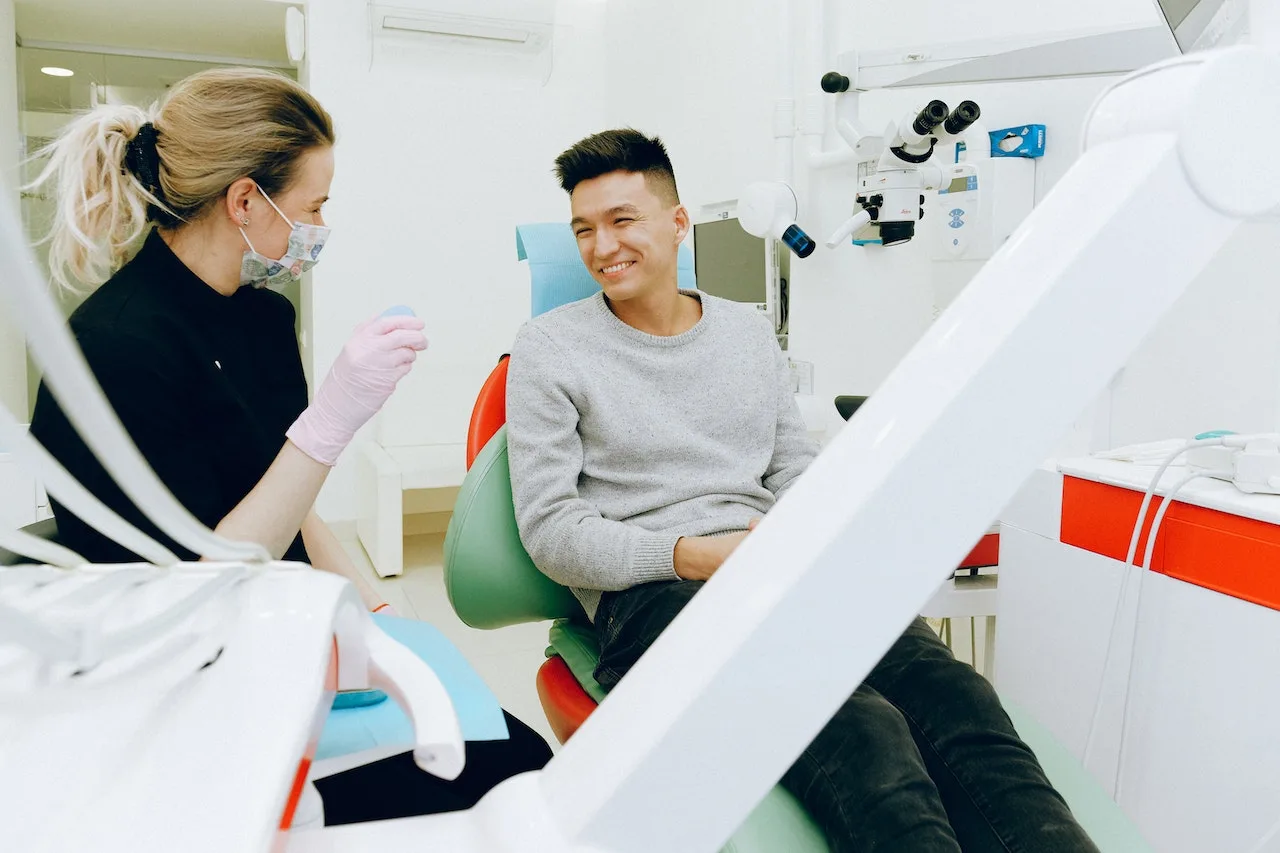In a world where over 27 million pieces of digital content are shared every day, it’s important to know how to create great content on your website. The truth is that the right content on your dental website can have a massive influence on potential patients and can influence purchasing decisions.
However, just as great content can do wonders for your dental business, poor or badly written content can actually drive potential patients away.
Let’s put it to the test.
If you spend any amount of time online you’re sure to have your own favourite bloggers or copywriters who you like to follow or look forward to reading.
Why?
Because they understand what makes you tick and they know just how to push your buttons. In other words, they know how to create great content.
Conversely, I’m sure you’ve come across poorly or badly written content or content that doesn’t really say anything. This being the case you probably click straight off. What’s more, if the author is trying to portray themselves as an authority in their field, then it’s not exactly going to show them in the best light.
The exact same goes for dental content. As dentists you need to have content that builds trust, places you as an authority in your field and entices potential patients to call you and book an appointment or consultation.
With this in mind, let’s take a look at 3 practices that you can use to create great content.
3 Ways Of Creating Great Content For Your Website
#1 The theory of relativity
No, we’re not talking about Albert Einstein here but instead, the foundations of great content lie in the fact that it’s able to touch a chord, make a connection and generally create that “in tune’ feeling. In other words, it needs to be relative to the people who are going to be reading what you have to say.
Here’s an example…
There’s been a lot in the news lately about the increase in gum disease in UK children. What could be better than writing an article or blog post on how parents can help to prevent gum disease and tooth loss in their children?
Firstly it’s aimed at parents and it’s about protecting their children so it going to strike a chord right away. It’s all over the news so it’s something that’s particularly current and therefore very relative, and by offering simple and sound solutions, it immediately portrays you and your clinic as a go-to place for dental advice and help.
Every time you write a piece of content or have it written for you, relevancy to your target audience really needs to be at the heart of it.
#2 Breaking the cycle
Another factor in understanding how to create great content is to break the cycle or mould of ‘same old, same old‘ content.
The online dental world is awash with 400-word articles on ‘How to brush your teeth‘, ‘How to care for your dental implants‘ or the ‘Top 5 common dental problems‘ so if you simply do more of the same you’re likely to be drowning in a sea of average content with little or no chance of attracting new patients.
Instead what you really need to be doing is to stand out from the crowd, approach your writing style from a different angle and be unique. Of course, you can still write articles on ‘How to brush your teeth, How to care for your dental implants‘ and ‘The top 5 dental problems explained’ but make them different.
As an example, I follow a particular blogger in my field of freelance writing because she’s refreshingly different. She has a distinct blogging voice which is at best, blunt and at worst, totally outrageous. She’s not everyone’s cup of tea, but that’s okay because what she has is uniqueness. In other words, she’s broken the cycle or mould.
I’m not suggesting for one moment that as a dentist you need to be outrageous but there’s nothing wrong with saying things others won’t or aren’t saying if done in the right way of course.
Alternatively, if the blunt approach just isn’t you, then how about making it funny or make it personable (eg, telling a story based around you) or creating emotion in your content? Whatever you decide, be different and be consistent.
#3 It’s been emotional!
Emotions have a tendency to grab people’s attention. Once you understand this you’ll know how to write great content. Did you know for example that three of the most powerful emotions that you can use to resonate with your target audience are fear, guilt and happiness?
Whenever you write a piece of dental content it should make your target audience (in this case potential patients) feel something. What’s more, it should make them act on those feelings. In copywriting terms, this is known as emotional response marketing and if done right, it’s an incredibly powerful tool
As an example, let’s say you’re running a promotion at your practice whereby any new patients get 50% off the cost of a first-visit check-up.
In this case how about writing a blog post on the ‘Dangers of not attending regular check-ups and what could happen to your teeth’?
Straight away you’re playing on people’s emotions because some readers are going to feel guilt because they don’t attend regular check-ups and this is clearly aimed at them. Alternatively, others might feel fear of what might happen if they miss one or two regular check-ups and it might urge them to book an appointment.
Finally, when it comes to the rounding up paragraph you hit them with the solution that you’re offering – a fantastic discount for new patients – and they’ll feel happy that you’re offering them a solution.
Tugging on the reader’s emotions and providing them with a solution is incredibly powerful stuff and one that really works. It’s a great resonator and one that can bring a lot of success if done properly.
So there you have it – 3 great factors for understanding how to create great content. All you’ve got to do now is to put them into practice and make your dental blog posts, procedural pages and web content really stand out from your competition.
At Dental Writers we write compelling dental content exclusively for dentists, so if you don’t have the time or the inclination to do it yourself, then drop me a line at [email protected] or contact me on +34 605 45 73 42. today.

















